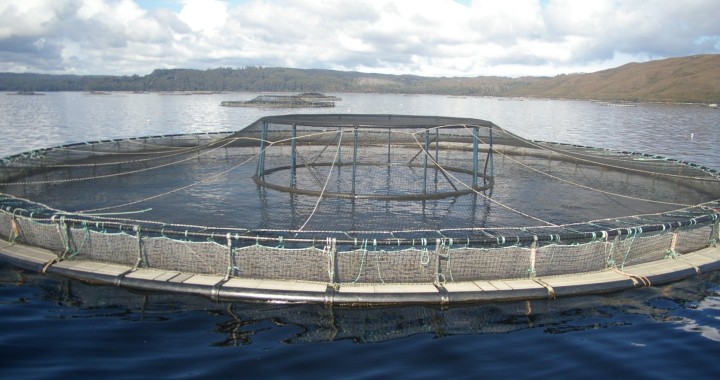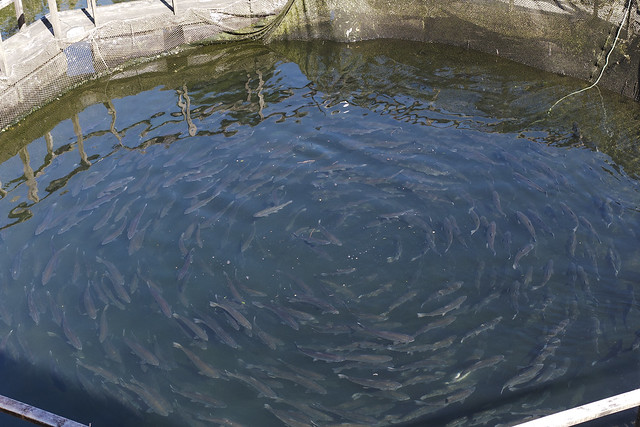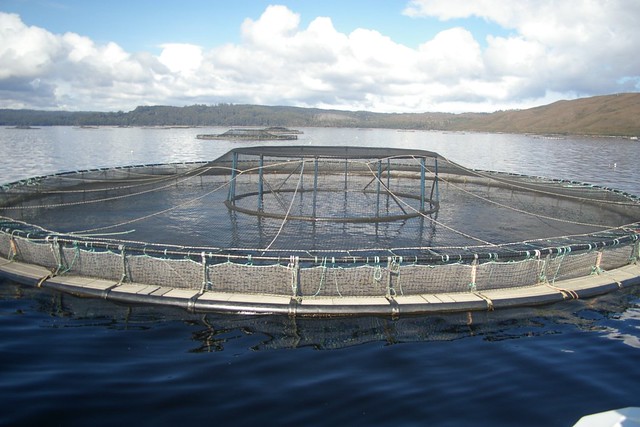
While debating the importance of the Bristol Bay fishery it is critical to consider possible alternatives for salmon production in case something was to go wrong with this mining project and the Bristol Bay fishery is seriously affected. Currently, Bristol Bay supplies nearly half the world’s Sockeye Salmon. However, in the overall salmon market over 70% is produced from aquaculture. These statistics appear to disagree somewhat until you realize that the Sockeye Salmon fishery is a smaller sector of the overall salmon market. The numbers also indicate that a takeover of the Bristol Bay wild Sockeye Salmon fishery would not be unfeasible if the situation were to arise.
However, despite the rapid growth of the aquaculture or “fish farming” industry there are several drawbacks that should be addressed. First of all, currently the most popular form of aquaculture is using large open ocean pens where fish live in extreme close proximity with thousands of there peers. This process leads to high outputs of salmon meat for the market but has led to large amounts of pollution from the concentrated waste as well as high levels of disease prevalence and parasite problems. One of the most troublesome parasites has been sea lice, which can breed to populations so large that they have been connected with decimating entire runs of juvenile salmon that are small enough to be significantly injured and killed by the lice.
To counteract these negative consequence from ocean-pen aquaculture many pioneering aquaculturalists have created on-land fish farms using cement tanks independent of any natural waterways. With this method there is little to no worries about parasites and a filtration system can maintain water quality and dispose of the waste pollution.
The main drawback to terrestrial aquaculture is that these farms are much more expensive to construct and operate than traditional aquaculture farms. As a result the farmers have to charge higher prices than both wild and traditionally fish-farmed salmon at the market to cover their costs.
Overall, it seems that the prevention of any risk to the welfare of the Bristol Bay Sockeye Salmon fishery is likely still the best option with the aquaculture alternatives being either too problematic or expensive.
Sources:
http://www.npr.org/blogs/thesalt/2013/05/02/180596020/can-salmon-farming-be-sustainable-maybe-if-you-head-inland
http://fishermenforbristolbay.org/wp-content/uploads/2013/02/CFBB-ISER-full-report-FINAL-4-19-2013.pdf
http://worldwildlife.org/industries/farmed-salmon
Photo:



